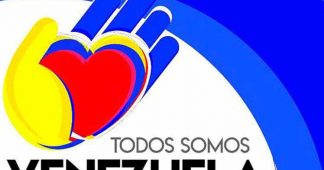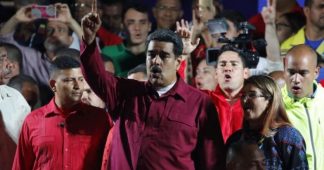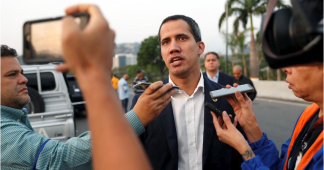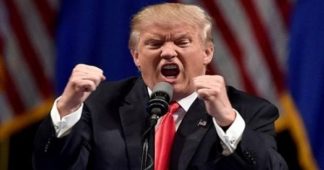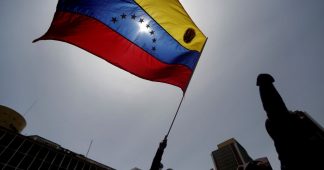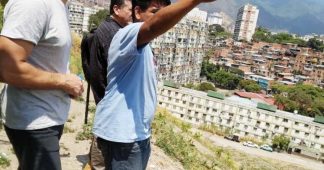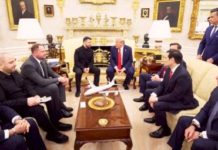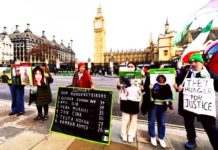May 09, 2020
What happened last Monday, May 4, on the coast of the town of Chuao, municipality of Santiago Mariño in the state of Aragua, has left a mark on the history of the Bolivarian process due to the combined action of the Bolivarian National Armed Forces and the citizenry, in particular a group of fishermen, police and members of the Bolivarian National Militia.
The image of a villager and a militiaman completing the work of a Naval Aviation helicopter gunship, which consisted of stopping the boat occupied by eight paramilitaries and capturing that crew sent by the governments of the United States and Colombia, has been incorporated into the deeds of the Chavista era as a concrete example of civic-military union.
The concept of this union has been fundamental in Chavista thought since its origin. It has its roots in the independence and popular struggle of the last century, since social and military factors converged in the overthrow of Marcos Pérez Jiménez.
Fabricio Ojeda, the leader of this movement who was betrayed and assassinated by the government of Raúl Leoni, incorporated it into his practice and his work La guerra del pueblo (1966) where he stated:
The anti-feudal and anti-imperialist basis of our revolutionary process poses a kind of alliance that is above the origin of political creed, philosophical conception, religious convictions, economic or professional conditions and party affiliation of Venezuelans. The common enemy, its strength and power, calls for a unitary struggle to defeat it. The following forces are ready to fight for national liberation: workers and peasants, the petty bourgeoisie, students, intellectuals, professionals, most of the officers, non-commissioned officers and soldiers of the air, sea and land forces.
Read more at mronline.org
